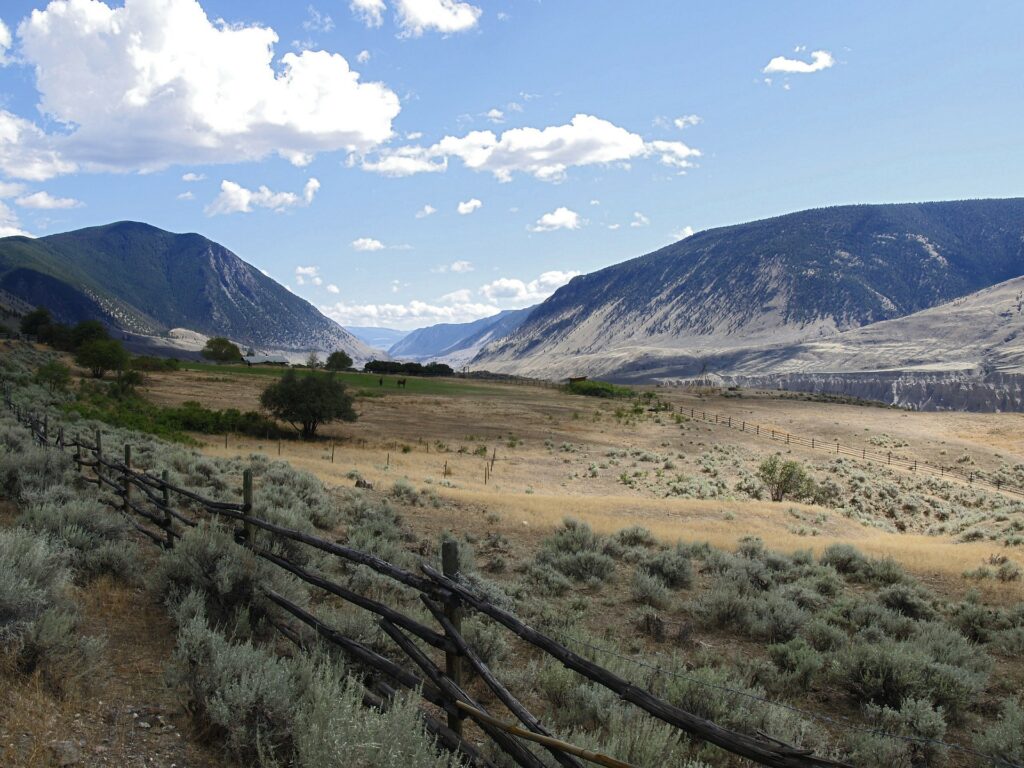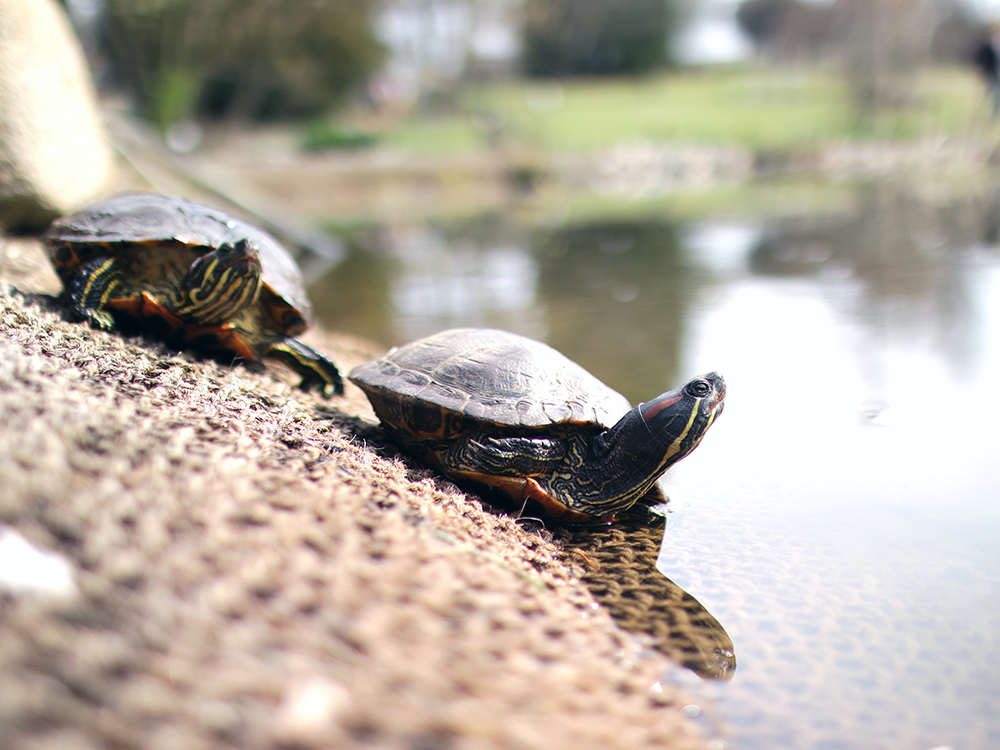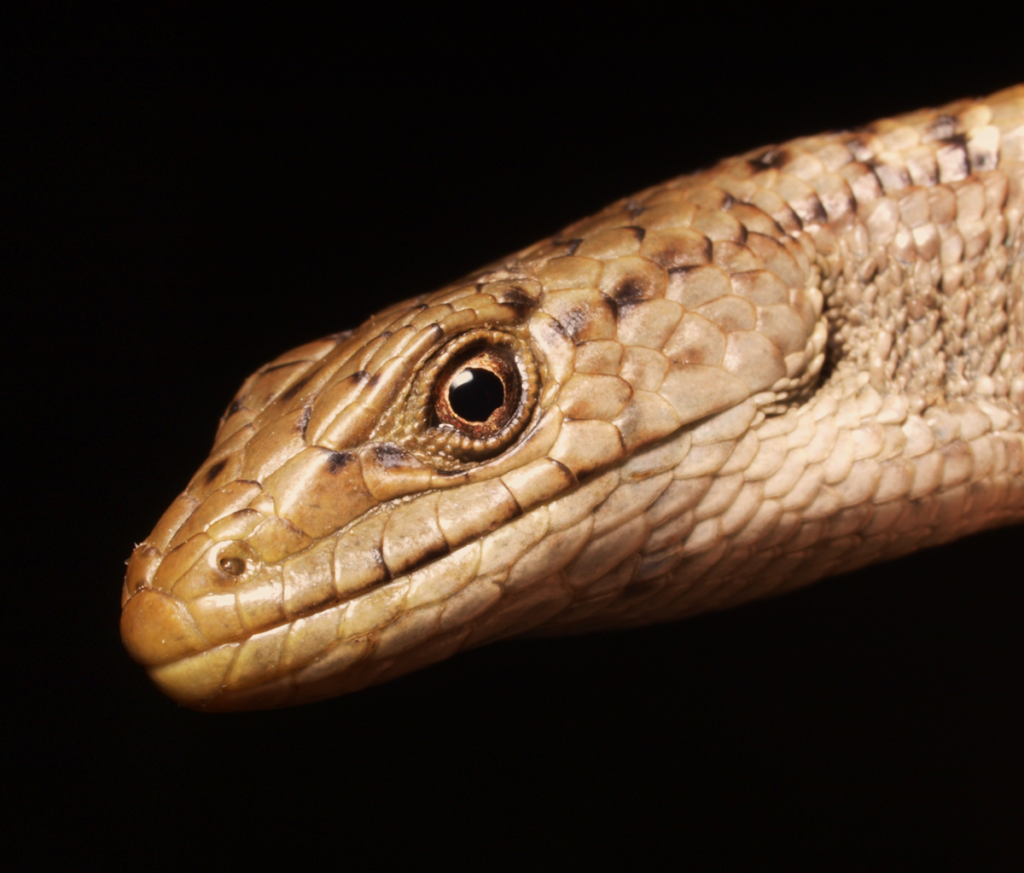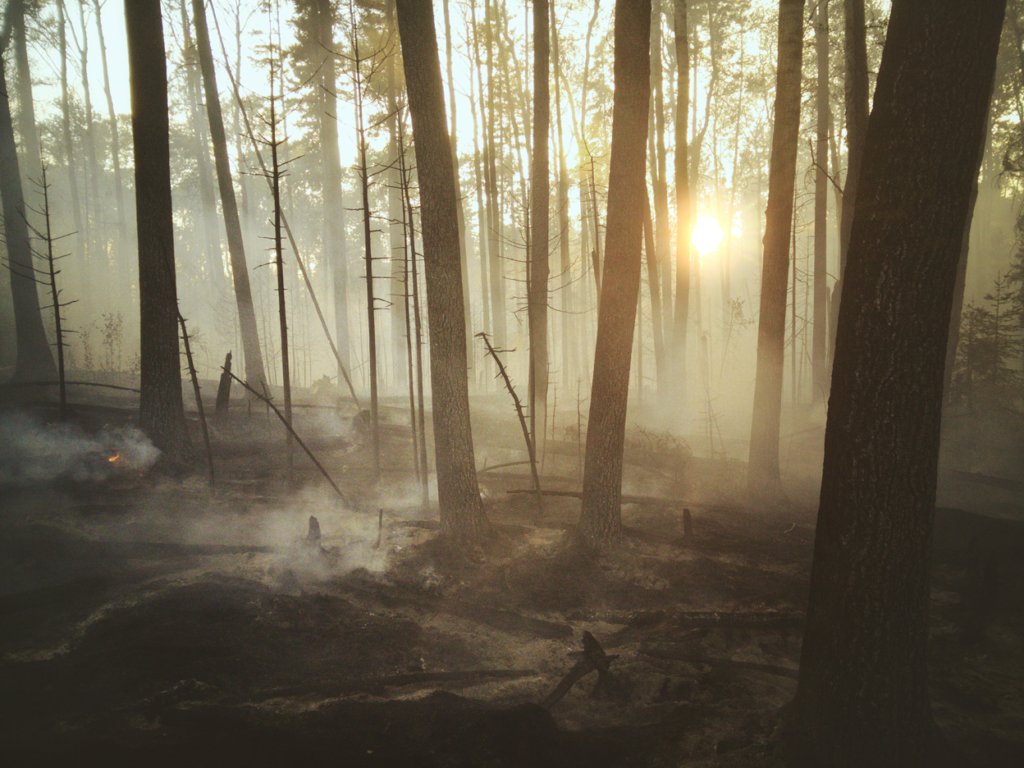Credit: Andrew Nydam

Species Account
Click on learn more to explore species you may encounter in B.C. Each species account includes information on: identifying features, similar species, distribution, habitat, reproduction, diet, and threats.

Range Maps
These static range maps show the distribution of reptile species in B.C. These maps may aid you in identifying what species you have encountered or help you determine where to find them!

Gallery
Explore galleries of amphibians in B.C. We hope these photos will help you identify species in your future encounters! Thank you to the countless individuals who kindly donated these images.
Identification Keys
Need help identifying a reptile? These keys breakdown the identification process into steps to help you choose the option that best fits your animal.


Threats
Find out more about the major threats and challenges facing B.C.’s amphibians. Additional resources regarding equipment decontamination protocols as well as current and emerging amphibian diseases are also available.
Threats
Find out more about the major threats and challenges facing B.C.’s amphibians. Additional resources regarding equipment decontamination protocols as well as current and emerging amphibian diseases are also available.
